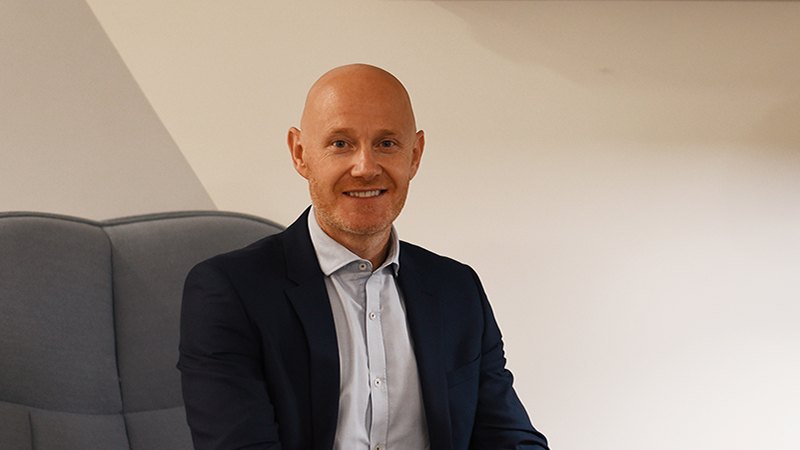The Investment Association (IA) subcategorises mixed-asset funds into the following: Mixed Investment 0-35% Shares; Mixed Investment 20-60% Shares; Mixed Investment 40-85% Shares; and Flexible Investment. IA Volatility Managed and Targeted Absolute Return also sit in the same bucket, as funds in these sectors also generally invest in multiple asset classes.
The largest of these sectors is Mixed Investment 40-85% Shares with assets under management (AUM) totalling £88.4bn, as at the end of March 2024. In total, across all the mixed-asset sectors, the AUM stands at £264.7bn, a minuscule 0.08% reduction in the past 12 months. The smallest sector is IA Mixed Investment 0-35% Shares at £8.2bn, which has also seen a decrease in AUM of 21.9% since March 2023.
In aggregate, there has only been around a £200m difference in AUM across all multi-asset sectors to the end of March 2024. The largest fall in assets has been from IA Targeted Absolute Return (-£6.7bn), followed by Mixed Investment 0-35% Shares (-£2.3bn). The more defensive sectors have seen investors grow impatient, with some funds not offering the level of protection they would have expected during the market falls of 2022.
Money market funds are among the greatest beneficiaries, thanks to the relative security of returns on the back of rising interest rates. On the other hand, we have seen a surge in assets in the higher risk sector, with IA Mixed Investment 40-85% Shares increasing AUM by 7.15% (£5.9bn) since March 2023.
Mixed Investment 40-85% Shares is currently the fourth largest IA sector (£88.4bn), with IA Global leading the way holding more than £197.5bn. There has also been a continued increase in fund flows into the IA Volatility Managed sector during the same time horizon at around 10% (£5.7bn), as investors seek solutions that are managed using a consistent approach and which target a broad range of different investor risk profiles.
Net retail sales for 2022 and 2023, according to the IA, showed the IA Volatility Managed sector as the number one driver for flows.
We have continued to see positive fund flows into low-cost and passive funds. The behemoth that is the Vanguard LifeStrategy range has once again taken the leading spot for overall AUM. The passive fund range now totals around £40.6.bn, with the ‘balanced’ risk 60% equity fund leading the pack with around £14.9bn in client money.
Other popular passive ranges include HSBC’s Global Strategy range (AUM £8.2bn), which has benefited over the past few years from the market cap-orientated approach, and L&G’s Multi-Index range (AUM £7bn). Both have had strong inflows in the past three years as investors favour low-cost offerings.
Market background
The interest rate hiking cycle of 2022 was tough for both equity and fixed-income markets, with many funds recording negative absolute returns as the year came to a close. In 2023, we saw inflation recede and expectations were that interest rates had peaked. This drove the returns of many quality growth companies within equity markets, with technology and artificial intelligence-related names, especially in the US, coming to the fore.
As a whole, 2023 ended up positive for the multi-asset universe. Many equity sectors did not feel the impact from higher interest rates while fixed-income assets were once again sitting at decent yields, as well as potentially offering capital preservation. Credit also provided a positive return, with spreads tightening over the year. The dreaded maturity wall did not prove a difficult obstacle and the ultimate ‘everything rally’ in Q4, on improved inflation expectations, landed the UK, Europe and the US in good stead heading into 2024. This chimed with the conversations we had with our managers who overall finished the year with a more positive outlook than they started it.
In 2023, responsible investment funds were hit with a decline in assets, reaching outflows at around £3bn, according to IA data. This is most likely due to the more challenging period that many funds within the genre experienced in 2022. Investors realised there is no such thing as free lunch and that sustainable intentionality can mean focusing on certain areas of the market and forgoing others.
The IA Volatility Managed sector, which as highlighted has seen positive inflows over the past few years, currently has a little under a quarter of funds with a responsible mandate. This indicates that despite the recent blip, sentiment towards responsible investment funds remains strong and is likely to be a long-term trend, particularly when considering policies and regulations such as the US Inflation Reduction Act, SDR and the EU Sustainable Finance Action Plan.
Read Alex Farlow’s funds to watch by assets under management, three-year performance and newcomers in July/August’s Portfolio Adviser magazine










